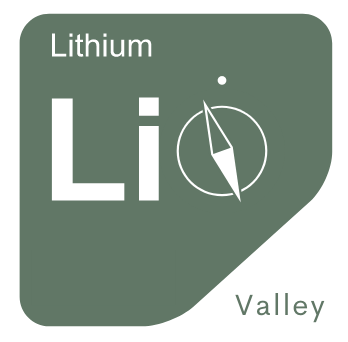The Imperial Valley is a region blessed with an abundance of renewable energy resources. Located in southeastern California, this tract of land has been transformed into a powerhouse of clean, sustainable energy production. One of its most notable achievements has been the harnessing of geothermal energy and developing methods to extract lithium from geothermal brine. The story of Imperial Valley and its renewable energy resources reveals the area’s fascinating history of innovation, technology and environmental stewardship.
Geothermal Resource Area History
Geothermal resources have been tapped for thousands of years, but the modern era of geothermal power began in the 20th century, with Imperial Valley playing a significant role in its development. Nestled along the southern border of California, the valley’s geothermal resources are part of the larger Salton Sea Geothermal Field that extends across the California-Mexico border. The area contains one of the largest geothermal fields in the world, with an estimated generation capacity of more than 1,500 megawatts.
The exploration for geothermal resources in the Imperial Valley started in the 1950s when geophysicist and seismologist John L. “Jack” Savage conducted extensive surveys in the area. In 1960, the first geothermal well was drilled, and in the following years, more wells revealed that the region was sitting on significant geothermal resources.
The Valle de Mexicali, which is adjacent to the Imperial Valley, had its first geothermal facility, Cerro Prieto, commence operating in 1973. Following suit, in 1982, the first Imperial Valley geothermal power plant, the Dual Flash Unit 1 at the Salton Sea, started operating. Since then, many more power plants have been constructed in the area, harnessing the heat from the Earth’s core to generate electricity and provide a continuous and enduring supply of clean, sustainable power.
From Geothermal Energy to Lithium Extraction
The exceptional geothermal resources of the Imperial Valley are not only significant in terms of power generation. The area’s unique geology also provides a considerable advantage for lithium extraction. Geothermal brine, a byproduct of geothermal power plants, contains high
concentrations of lithium. Yielding this metal from the brines is an eco-friendlier and more sustainable alternative to traditional mining techniques.
Electric vehicle production has surged in recent years due to heightened environmental concerns, and the demand for lithium, a key component of electric vehicle batteries, has skyrocketed. This burgeoning demand for lithium has paved the way for the development of innovative extraction methods in Imperial Valley.
In pursuit of this new frontier, numerous companies, research institutions and government agencies have taken an interest in the area, investing in research and development projects to optimize lithium extraction from the brine. Companies such as Controlled Thermal Resources (CTR) and EnergySource Minerals (ESM) are constructing lithium extraction facilities in the Imperial Valley, demonstrating the growing significance of this area in the global lithium market.
Conclusion
The story of the Imperial Valley showcases a region that has harnessed its natural resources to pioneer sustainable energy and drive technological advancements in lithium extraction. As the world becomes increasingly concerned about climate change and the depletion of fossil fuel resources, the role of renewable energy, such as geothermal power, in meeting the global demand for lithium has never been more crucial. Imperial Valley, with its abundant geothermal resources, has proven to be a leader and innovator in the field, driving a clean and sustainable energy future for all.

